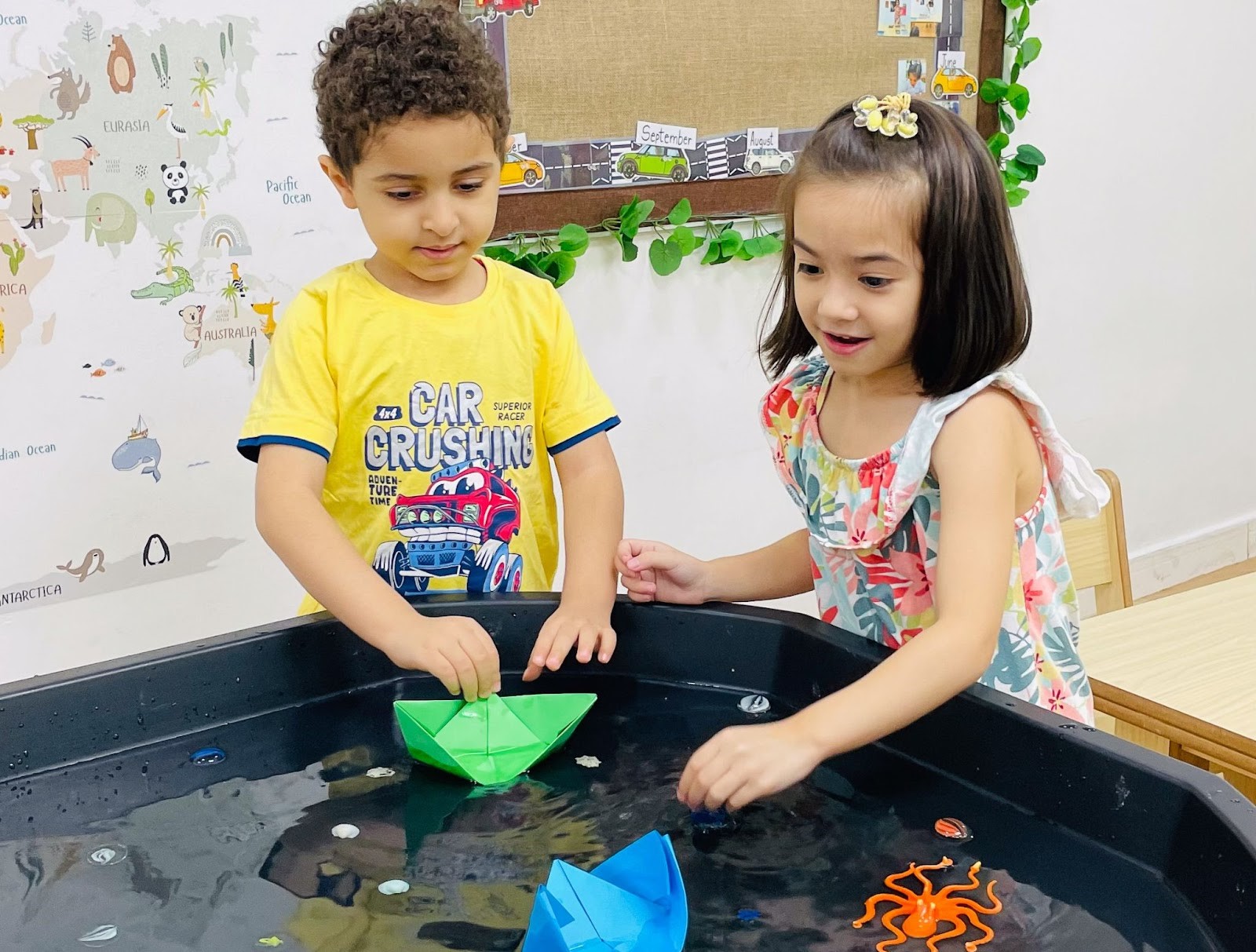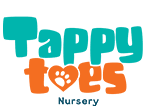
The Importance of STEAM in Early Childhood Education
For both parents and children, starting nursery school is a significant milestone. It’s an exciting adventure. In today’s rapidly evolving world, the skills our children need are changing. Traditional education focused on reading, writing, and arithmetic. While these remain essential, there’s a growing recognition of the importance of integrating Science, Technology, Engineering, Arts, and Mathematics (STEAM) into early childhood education. This approach not only enriches learning but also prepares our youngest learners for future challenges.
Understanding STEAM in Early Childhood Education
STEAM represents an interdisciplinary approach that combines the analytical skills of STEM with the creativity of the arts. In early childhood, this means creating learning experiences where children explore scientific concepts, engage with technology, tackle engineering problems, appreciate artistic expression, and understand mathematical ideas—all in a cohesive manner. This integration mirrors real-world scenarios, where multiple disciplines intersect.
Why Is STEAM Important in Early Childhood Education?
Let’s look at all the importance of STEAM in a child’s education.
1. Encourages Curiosity and Exploration
Young children are naturally curious. STEAM activities harness this innate desire to explore, encouraging them to ask questions like “Why does this happen?” or “How does this work?”
For instance, observing how plants grow or how building blocks balance fosters scientific thinking and exploration.
2. Develops Problem-Solving Skills
Engaging in STEAM challenges, such as constructing a bridge from simple materials, teaches children to think critically and devise solutions. They learn to test ideas, experience failures, and understand that persistence leads to success.
3. Enhances Creativity
Incorporating the arts into STEM transforms it into STEAM, emphasizing creativity. Whether it’s drawing designs for a project or using storytelling to explain a concept, the arts enable children to express ideas uniquely and innovatively.
4. Builds Resilience and Adaptability
Through hands-on STEAM activities, children often encounter challenges. Navigating these teaches resilience. They understand that setbacks are part of learning, fostering adaptability and a growth mindset.
5. Promotes Collaboration
Many STEAM projects involve teamwork, helping children develop communication and collaboration skills. Working together on a common goal teaches them to value diverse perspectives and work effectively with others.
Early Childhood Education Techniques Incorporating STEAM
A. Play-Based Learning
Children learn best through play. Incorporating STEAM into play—like building structures with blocks or mixing colours—makes learning both enjoyable and educational.
B. Project-Based Activities
Engaging children in projects, such as creating a simple garden, integrates science (plant growth), math (measuring soil), and art (designing garden layouts).
C. Storytelling and Role-Playing
Using stories that involve problem-solving or exploring scientific concepts can make STEAM relatable. Role-playing scenarios, like being engineers or artists, allows children to immerse themselves in different fields.
The Impact of STEAM on Development
Research indicates that early exposure to STEAM can significantly benefit children’s development. A study highlighted that integrating the arts with STEM subjects enhances academic learning, as it allows students to understand different perspectives, safely take risks, express feelings through less restrictive modes, and draw parallels between the arts and traditional core subject areas.
Why Parents Should Choose Tappy Toes Nursery?
At Tappy Toes nursery, we understand the importance of early childhood education and the role of STEAM in nurturing well-rounded individuals. Our programs are designed to integrate these essential disciplines, ensuring that children not only learn but thrive.
- Holistic Curriculum – We offer a curriculum that balances academic learning with creative arts, ensuring children receive a comprehensive education.
- Certified and Experienced Educators – Our team comprises dedicated professionals who are passionate about early childhood development and are trained to deliver STEAM-focused activities effectively.
- Engaging Environment – We provide a nurturing and stimulating environment where children feel safe to explore, create, and learn.
- Parental Involvement – We believe in partnering with parents, keeping them informed and involved in their child’s learning journey.
Conclusion
Integrating STEAM into early childhood education is more than just a trend; it’s a necessity in our ever-evolving world. By fostering curiosity, problem-solving, creativity, resilience, and collaboration, we equip our children with the skills they need for the future. At Tappy Toes nursery, we’re committed to providing an environment that embraces these principles, ensuring every child has the opportunity to reach their full potential

